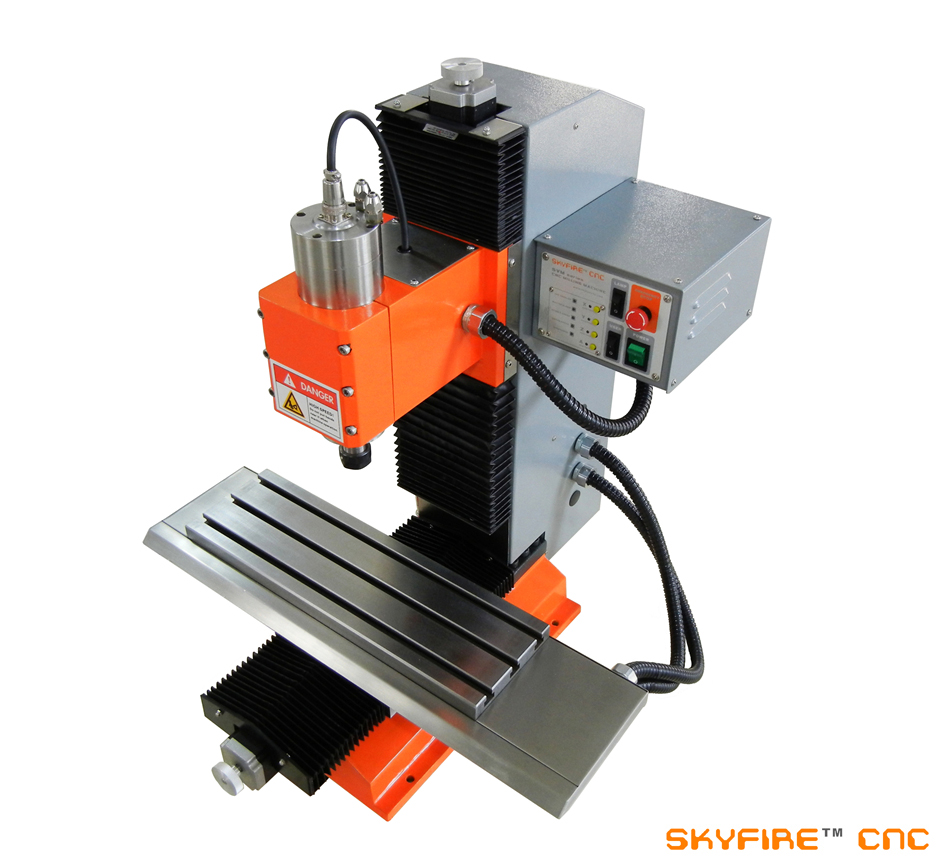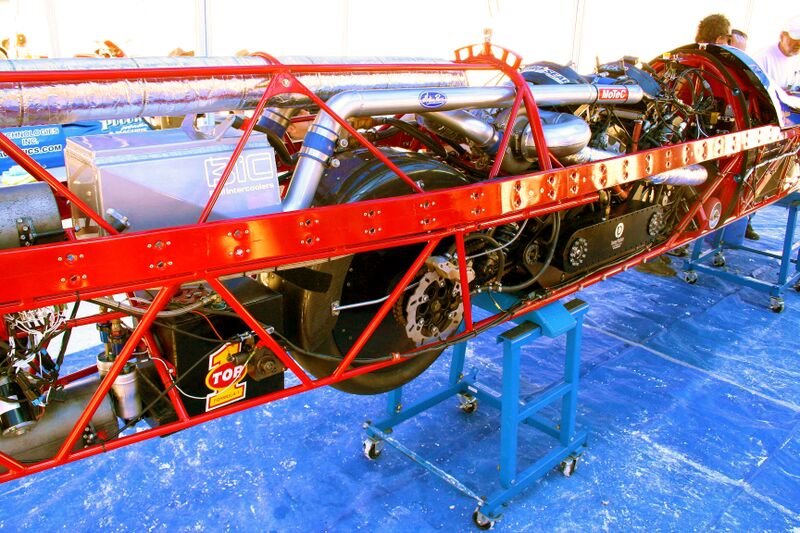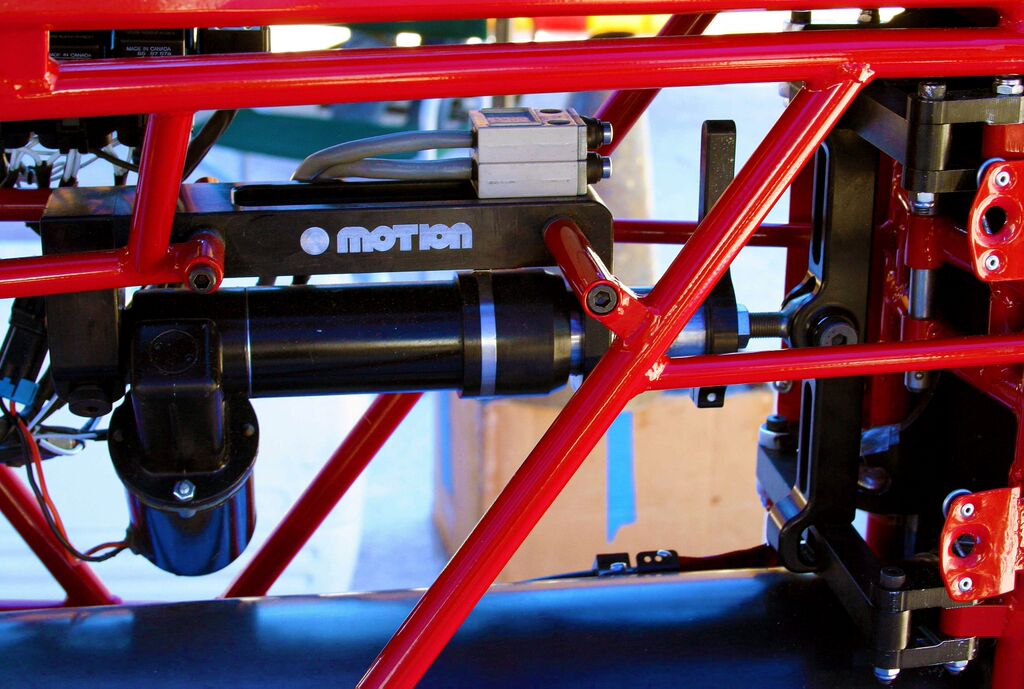By Miles Budimir • Ballscrews are a tried and true linear motion component. They best suit applications needing light, smooth motion; applications requiring precise positioning; and when heavy loads must be moved. Examples include machine tools, assembly devices, X-Y motion and robotics.
Ballscrews are usually classified according to factors such as lead accuracy, axial play and preload, and life/load relationship. Lead accuracy refers to the degree to which the shaft’s rotational movements are translated into linear movement. With lead accuracy and axial play determined by the manufacturing method of the ballscrew shaft and the assembly of the nut, high lead accuracy and zero axial play is generally associated with relatively higher-cost, precision ground ballscrews, while lower lead accuracy and some axial play is associated with lower-cost, rolled ballscrews. Fabricated by rolling or other means, these ballscrew shafts yield a less precise, but mechanically efficient and less expensive ballscrew.

When specifying a ballscrew, understanding the application criteria that the component needs to satisfy is essential. There are several factors to consider and each one plays a role in the decision-making process. The most important factors to consider when selecting a ballscrew are:
• Load—including the mass being moved and the forces involved in the machine’s processes
• Orientation—for example, horizontal or vertical, which affects the need for load-bearing support
• Speed—velocity and acceleration
• Travel—the stroke length
• Precision—including positional accuracy and requirements for repeatability
• Environment—special considerations for rugged or unique environments
• Duty cycle—cycle rate

Recently, advances in manufacturing and materials have improved ballscrew performance so machine designers today can get better linear motion at lower cost. Some improvements include the fact that the latest generation of ballscrews has more load density than ever, giving designers higher capacity from a smaller package. There is also a trend toward more miniaturization, as well as faster ballscrews using both rolled and ground screw manufacturing methods.
In addition to higher load capacities and miniaturization, there is also a move toward more integration. For example, ballscrew-based linear actuators are readily available as all-in-one packages. The benefit here is that such integrated packages significantly reduce design time as well as time required for assembling a system and programming the actuator itself.
Actuator stabilizes world’s fastest motorcycle
A recent example illustrates how ballscrew-based actuators play a key role in stabilizing the world’s fastest motorcycle called the Top 1 ACK Attack Streamliner. Since it broke the motorcycle land-speed record in 2006, engineer Mike Akatiff and his design team have been working to make the Top 1 ACK Attack Streamliner surpass 400 mph, setting a new motorcycle land-speed record.
Training-wheel-type stabilizers for starts and stops, as well as rear stabilizing flaps for coast-down, are critical safety features. To move these safety components, Akatiff and his team chose Motion Systems’ 1,000-lb-rated Model 85199 actuator. Ballscrew-based actuators have better efficiency than those with acme screws, so they consume less energy to move the same amount of load. This in turn lets engineers use smaller power supplies, which reduce size and weight, critical parameters when attempting to break a land-speed record. Ballscrew-based actuators also have better speed characteristics.

For the motorcycle, engineers modified the 0.979-in.-diameter 85199 to withstand g forces during acceleration and deceleration. So the actuator freewheels at stroke ends to eliminate limit switches and prevention of over-travel at stroke ends. Initiating freewheeling and linear advance stops is a ball cage within the nut ID that hits stop pins at each travel end. Factory-installed top pins mount in the screw thread for the specified stroke, which eliminates the need for limit switches. Screw, nut and ball cage are made of heat-treated alloy steel to resist wear. These mechanical design elements keep the motorcycle rider and others safe.



Simply awesome